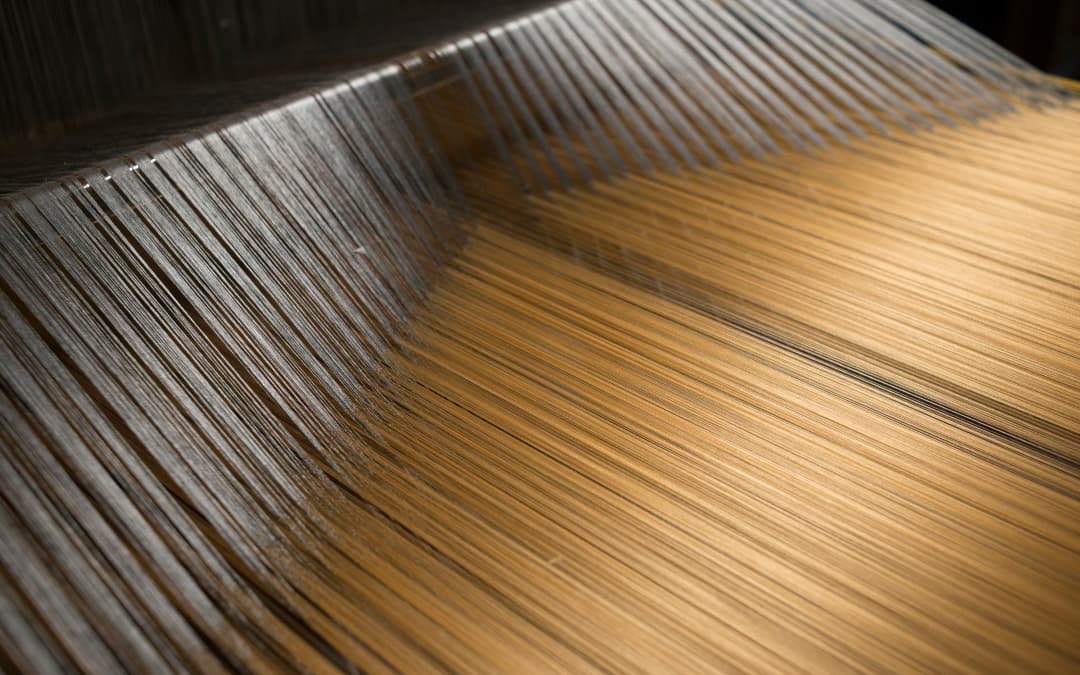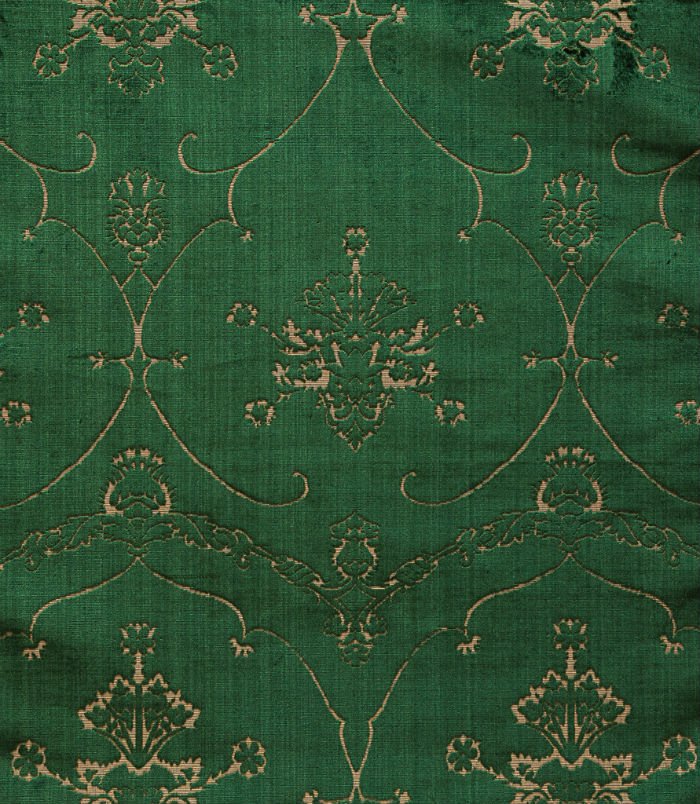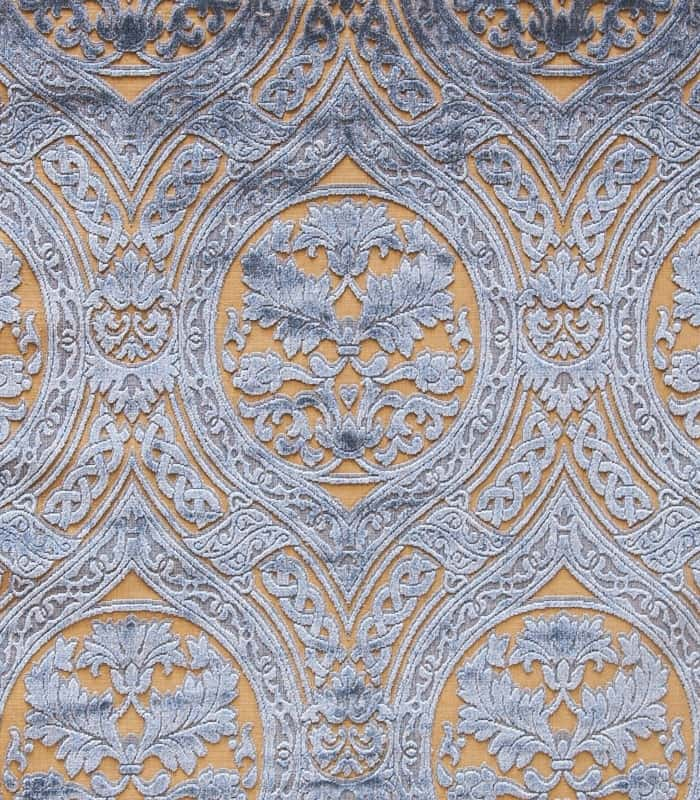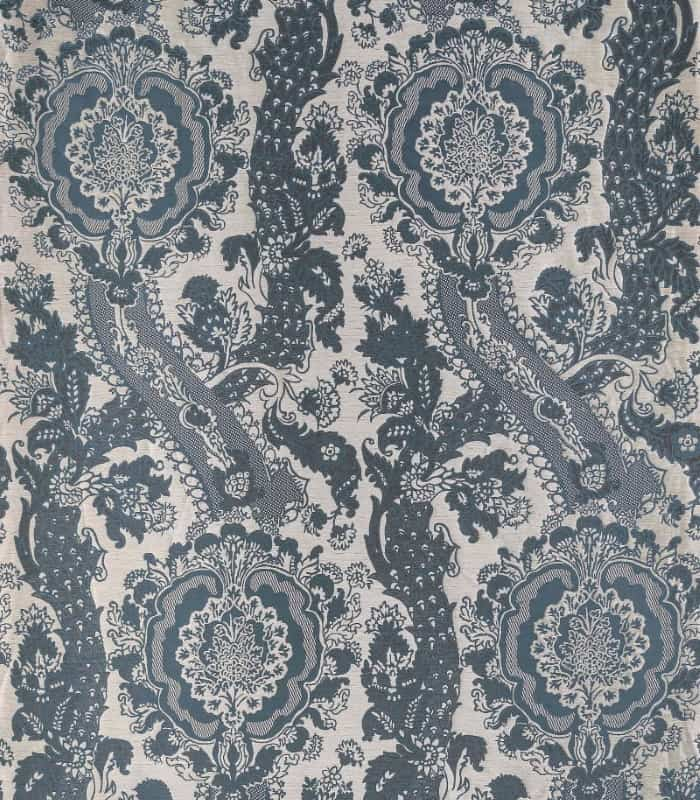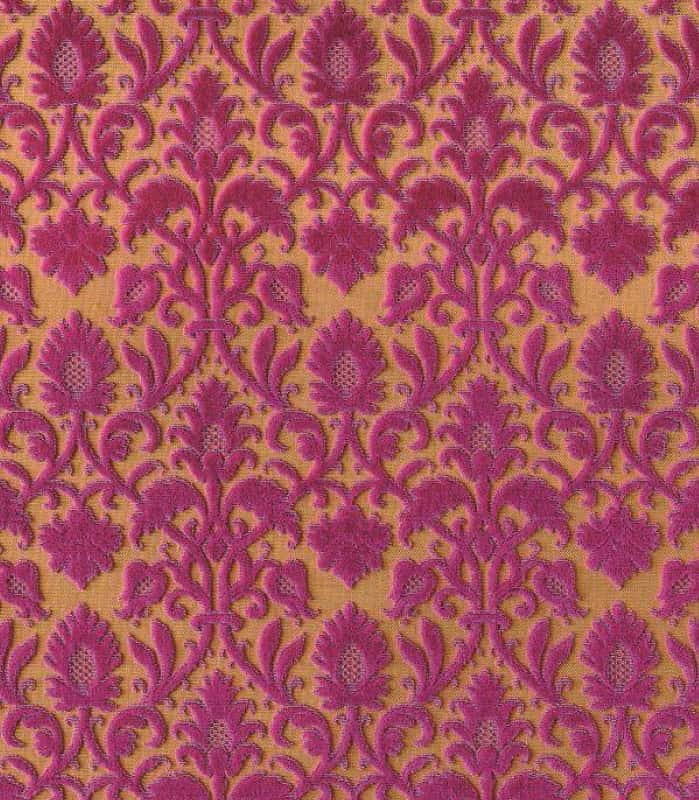The Renaissance was one of the most glorious ages for art and culture in Italy, but also for weaving, especially in Venice. It was in fact the time when velvet began to spread in the city.
But the city doesn’t owe the success of its textile manufacturing only to the production of this luxury fabric. A central role was played by the raw material itself: silk.
From Marco Polo to the Silkworms Raising: The Origin of the Yarns
Venice discovered unique textiles and decorative motifs thanks to Marco Polo (1254-1324) and his travels in the East. Through the Silk Road, he brought to the Serenissima various kinds of merchandise, including silk fabrics. But above all he paved the way for trades with the Mongolian Empire.
It was from here that Venice imported the raw silk used to produce its first fabrics. But when the Empire dissolved, Venetians began to develop local silkworms raising.
During the 15th century, sericulture was flourishing in the Serenissima, but silkworm farms were not found on the islands of the lagoon, but on the mainland, where there was sufficient space, particularly between the cities of Verona and Vicenza. This activity continued and became one of the most important for the Veneto region until the second half of the last century.
But the silkworm breeding is only a part of the production process of silk: it was necessary to know how to obtain the precious yarn from cocoons and Venetians were very jealous of this skill.
ei filati in seta: bisognava sapere come ricavare il prezioso filato dai bozzoli e i Veneziani erano molto gelosi di questa conoscenza.

Edward IV York (1442-1483) With a “Griccia” Motif Silk Dress
From Cocoons to Silk Threads: Processing and Dyeing
They were so jealous of this knowledge that every single stage in the processing of silk took place in the city and underwent painstaking controls. The government of the Republic of Venice emanated strict laws to punish those who did not respect the numerous regulations on the procedures to be followed to guarantee the quality of the silk used in the city, also appointing inspectors.
Only in this way could it guarantee that its brocades, damasks and velvets were really the best in Europe. The rules meant that the raw silk was extracted from cocoons after immerging them in boiling water, carefully spun by Filatori (spinners), perfectly whitened by Cocitori (cookers) and colored by Tintori (dyers)using the best dyes.
Silk and Venetian Fabrics Today
The quality of the yarns thus obtained was the basis for the creation of equally refined textiles, and the reason why luxury fabrics produced in Venice became so popular around the world.
Today producing Venetian fabrics as refined as those made during the Renaissance is still possible, such as Inferriata velvet, Da Vinci soprarizzo velvet, Griccia brocatelle and Rinascimento soprarizzo velvet, but with a difference in the raw material.
Since the 1950s Italy hasn’t produced any silk, so it must be imported from abroad. But some companies have recently started trying to rescue the variety of silkworms that characterized the Veneto region, with a project to restore the silk production around Venice and to bring back to the Veneto region a tradition that represented it for centuries.
Cover photo credit: Sara Furlanetto

